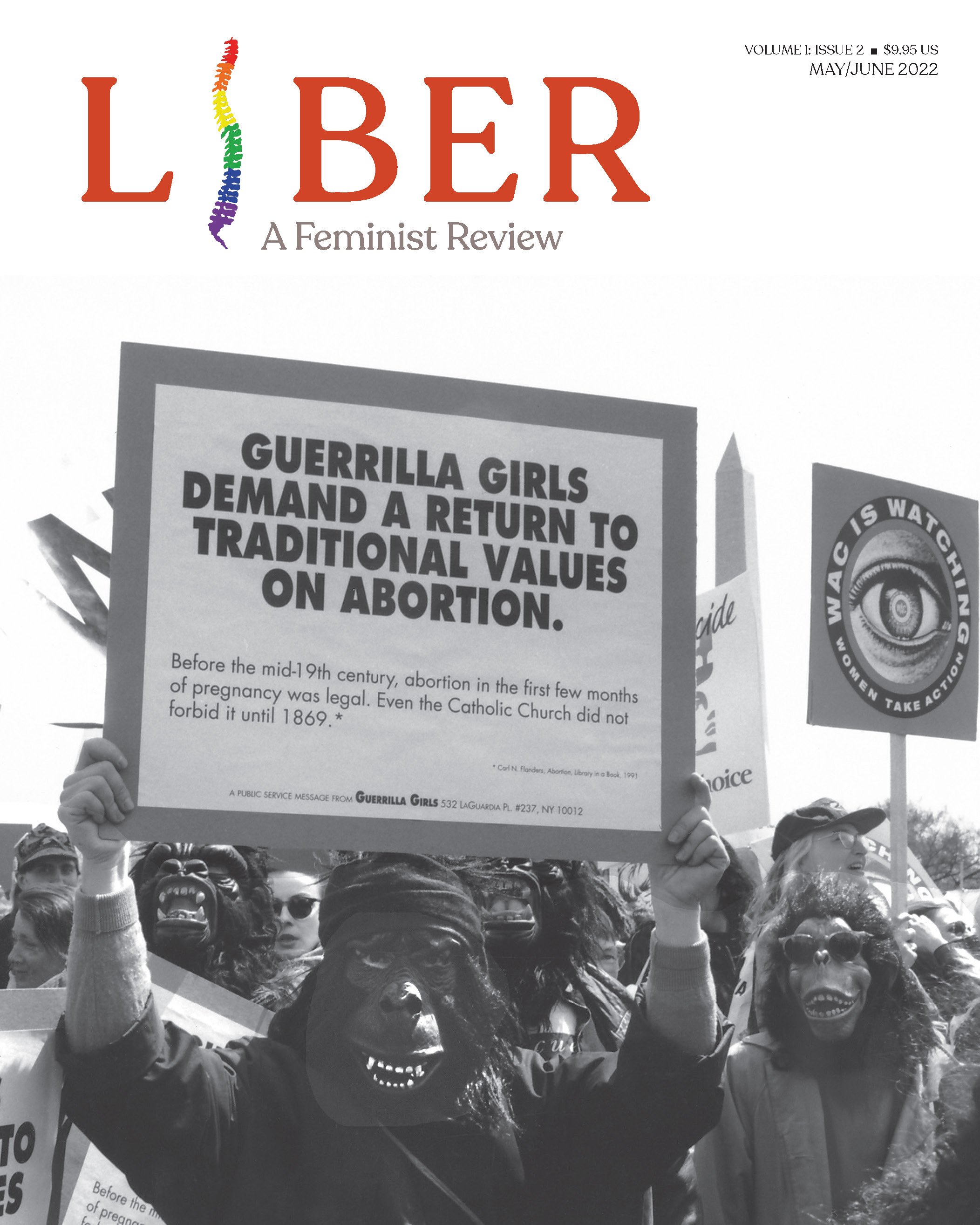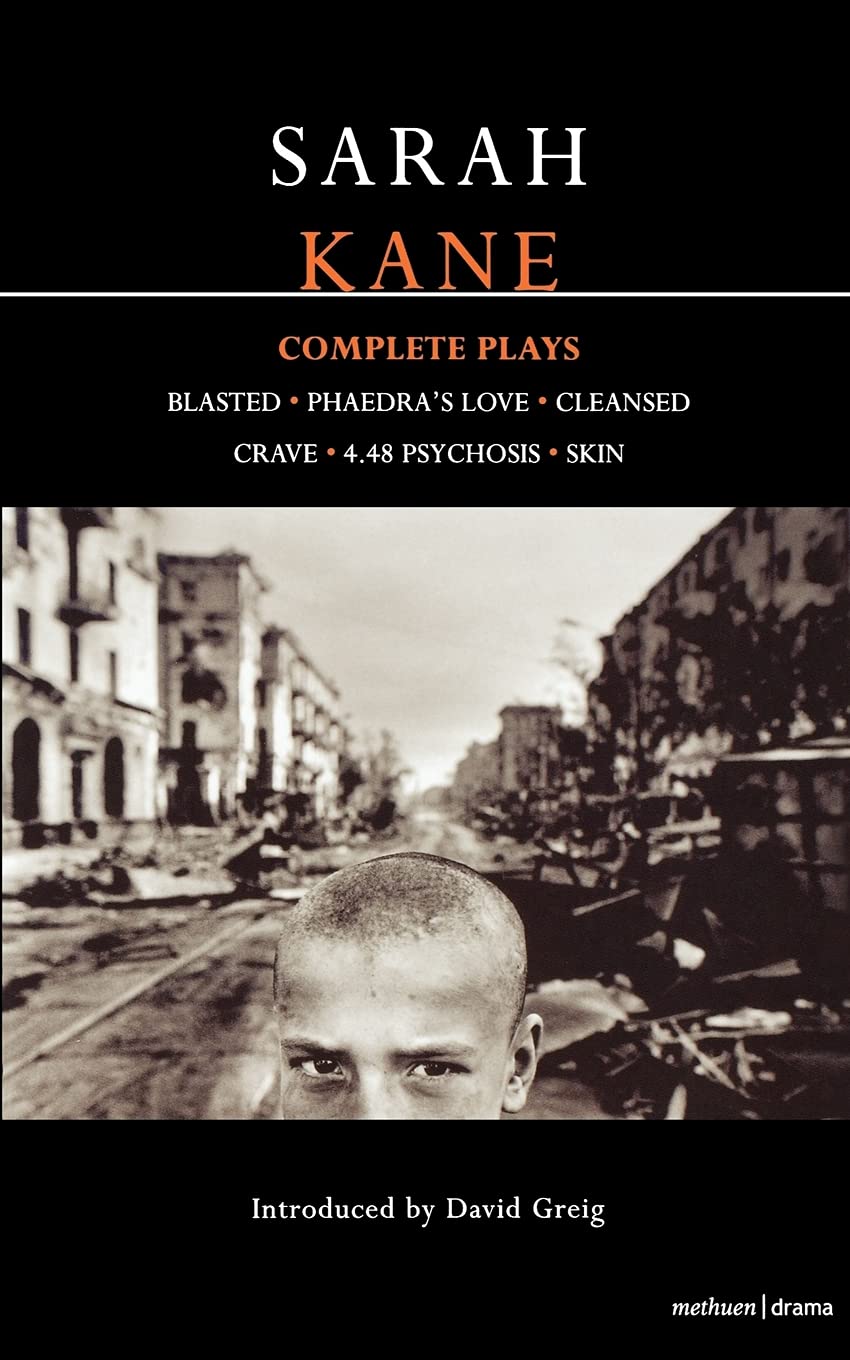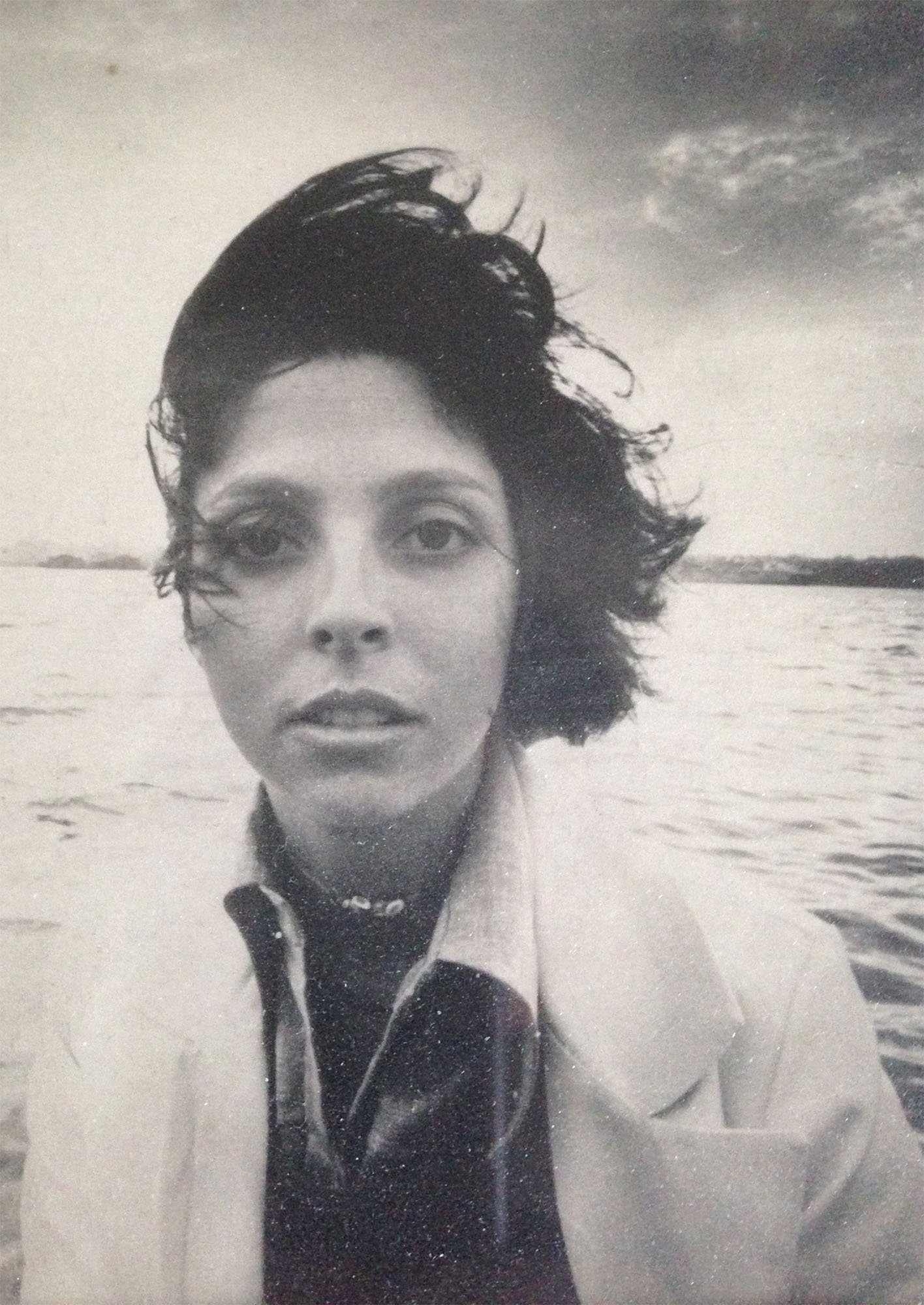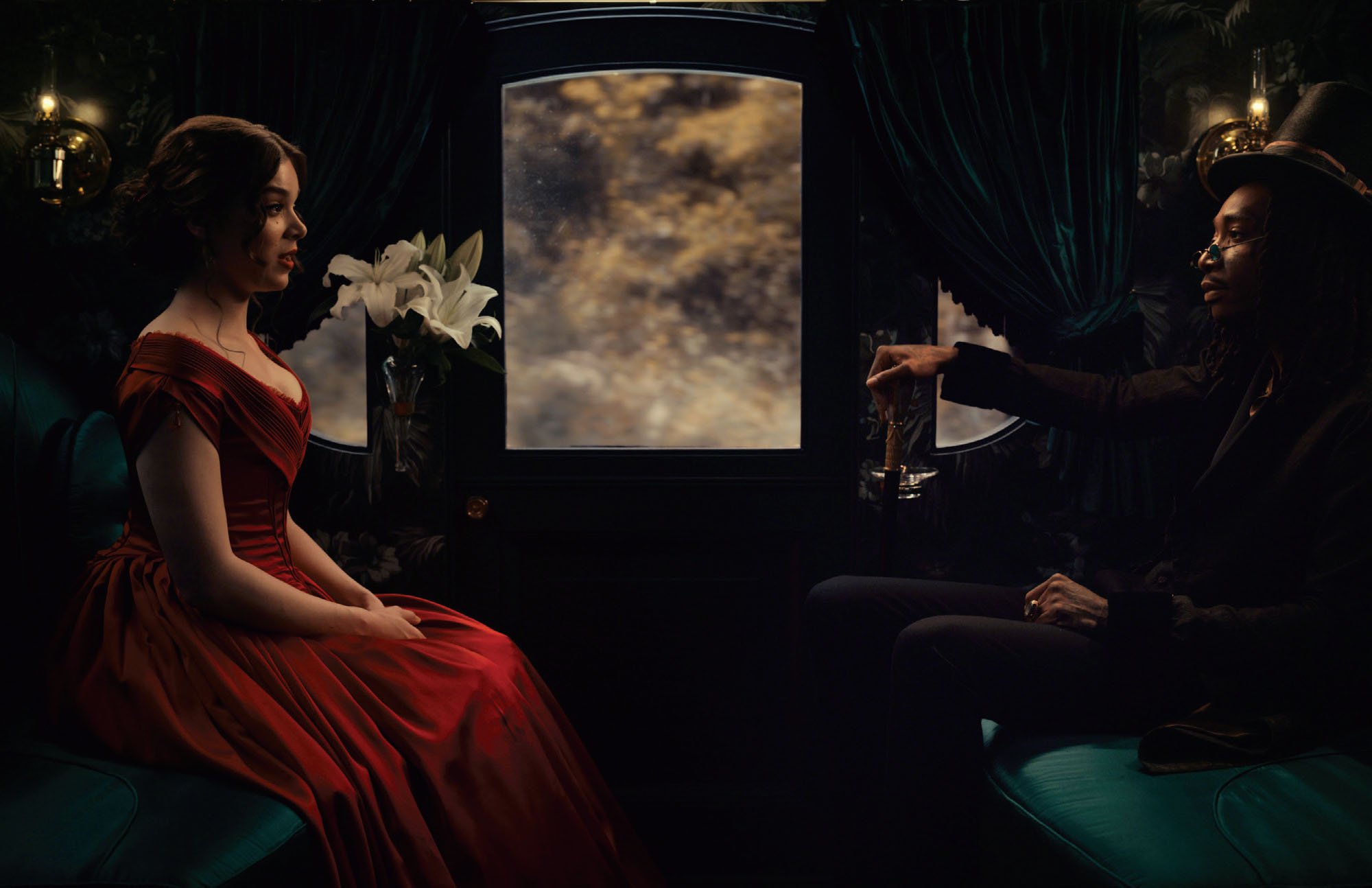
1.1 On the Cover
On the cover: “Audre” Elise Peterson’s digital collages are casually electrifying. “Audre,” on the cover, evokes Lorde’s distinct feminism by juxtaposing cozy intimacy and radical commitments. The last page of LIBER features Grace Jones circa 1985 perfectly balanced within Matisse’s La Danse (1909), effortlessly central. A writer, children’s book illustrator, and parent of a three-year-old, Peterson hosts the COOL MOMS podcast (recording live at SoHo House). In it, she interviews mothers who, like her, “prioritize their passions.” A longtime





